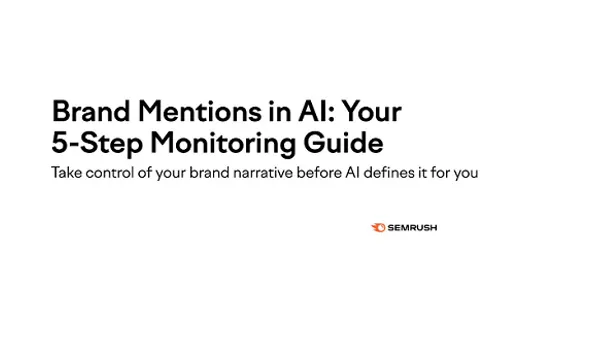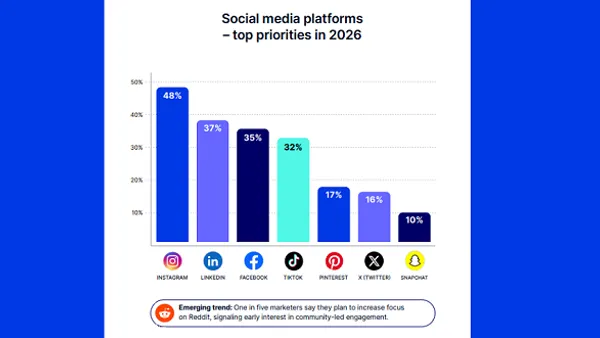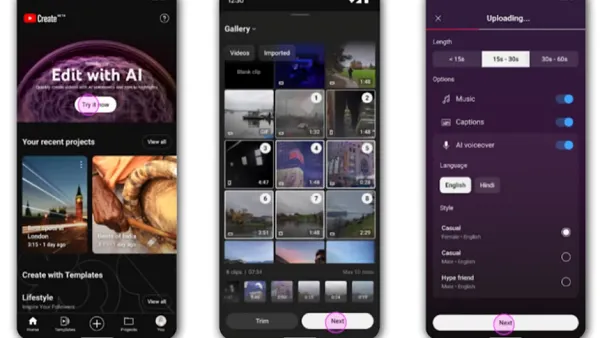With Direct-To-Consumer Symposium (big wine conference) quickly coming, I have had dozens of conversations with our wine client and other alcohol-related brands about the challenges of direct outreach to customers on the social web. One of the biggest challenges they face is that they're simply not legally allowed to give away product or any type of incentive worth more than one dollar, to incentivize people to buy their product. [To get a full run down of all TTB.gov alcohol regulation, look here .]
Commercial inducement (bribing retailers or wholesalers) has been illegal for years. No alcohol brand is challenging that notion on the social web. But here's where it gets sticky. Let's say that clothing brand LuluLemon runs a promotion on the social web to give away a pair of $98 yoga pants to the 114th person to post some content (e.g. a tweet) about them. There's nothing wrong with running that kind of contest, to engage users. For that matter, Lulu could give a complimentary pair of socks to every person that posts a message on their Facebook page.
Wineries, beer brands and booze brands are already strategically disadvantaged by the three-tier system) of alcohol distribution. (I don't think I can think of more than a couple of reasons why this system benefits anyone other than distributors, but that's a separate blog post). The challenge that they face on the social web is creating outreach customer engagement without incentives. Let's face it: if apparel, consumer-packaged goods and lifestyle brands had to do all marketing outreach on the social web without any kind of incentivization or product sampling, they'd be pretty hard-up to acquire new customers, too. So what's a wine, beer or booze brand to do?
[By the way, co-op marketing is also not kosher in this space, so don't get any ideas. ;) The list of prohibited practices in wine advertising/marketing is pages long.]
1. Give Away Virtual Goods of non-precise value: There's no federal law that states what a music download is worth. Incentivize users with multiple downloads from a selection, of, say, fifty, so they can choose the genre of their choice. If the artist (or record label) chooses to do an exclusive promotion with your alcohol brand, there's no fixed cost to this inventory, so it's not non-compliant with TTB legislation.
2. Co-brand with non-alcoholic brands to create incentives: A winery works side-by-side with a non-alcohol brand (i.e. Wheat Thins, Pringles) on a social web or social web event with a mobile component that involves some giveaway of physical product of the non-alcoholic brand. Customers are allowed, at a later time, to opt-in to social web and real-life marketing information from the winery, only if they're of-age.
3. Content-wrapping: If you've been wondering why alcohol brands have been sponsoring sporting events since December 5, 1933 (the day Prohibition ended), it's because there weren't a lot of "alternative" ways for alcohol brands to gain exposure to new consumers and build brand awareness, outside of advertising. Alcohol brands can take advantage of age-verified social network features (i.e. Facebook, MySpace), and offer gated entry to premium content (i.e. Live 8, boxing matches, etc.) in exchange for user authentification. They could pre-verify users, and even co-brand such events with non-alcoholic brand partners, so that two versions of the same event could be shown to over-21s and under-21s.
Link to original postAdam Metz is the Principal at Metz Consulting.









